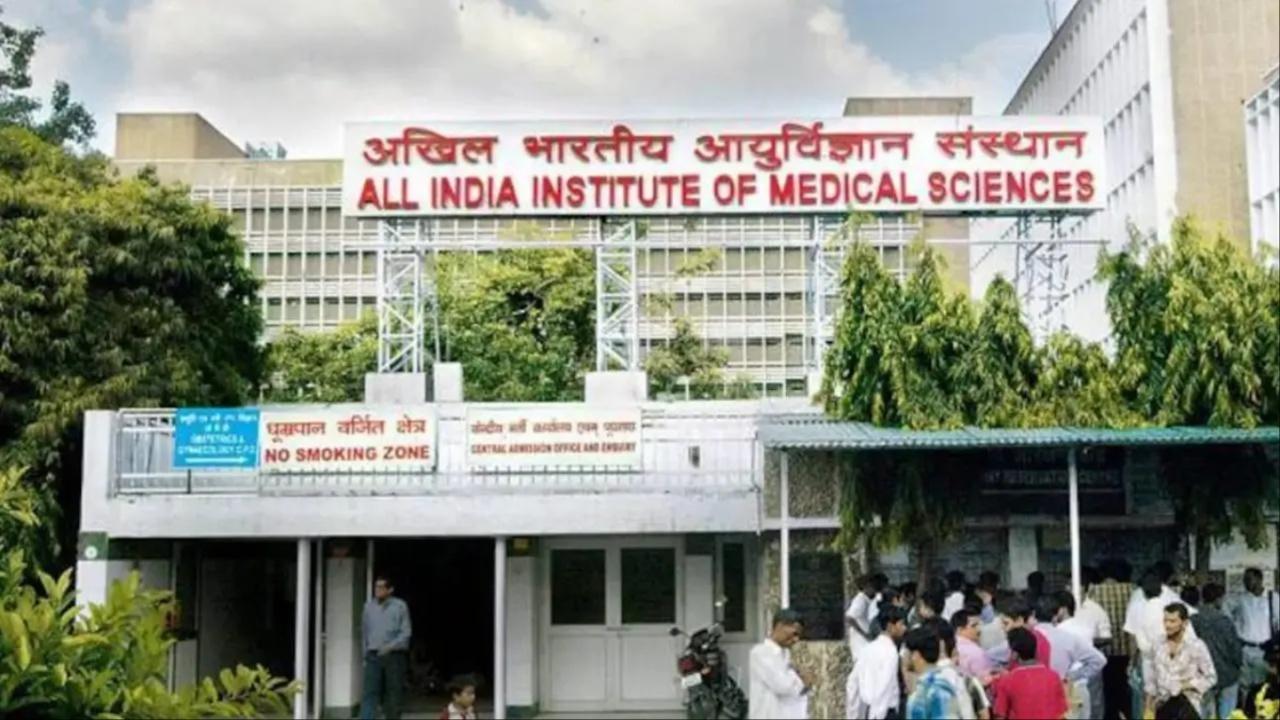AIIMS Delhi experts say that the exoskeleton will be a kind of structure fashioned out of plastic and metal

It is expected that this technology will be completely ready in two-three years. File Photo/PTI
AIIMS Delhi and DRDO are collaborating on a project to develop a special exoskeleton for soldiers who have been injured in service and have lost their ability to walk or become paralysed. This exoskeleton will enable the injured soldiers to walk again.
ADVERTISEMENT
Professor Bhavuk Garg, department of Orthopaedics AIIMS, said, "We have the best gait lab in India and right now, in the first phase, we are looking and collecting data about muscle activation patterns in people while walking, Once we have this data, we will feed it into a wearable robot kind of thing called an exoskeleton, which will enable paralytic people to walk."
Professor Ravi Mittal, Head of Orthopaedic Department in AIIMS, said, "In our Gait Lab, we record the movements of knees, legs, etc. For this, we record them by placing many sensors and cameras on the body. After which, all this data is collected and fed into the computer and then it is analysed. After this, every parameter is checked. It is studied. We find out how the person walks, how his legs rotate, what the speed is, and how much the gap is. All these things are being worked on very minutely.
Dr Mittal said that they study in detail a person's walk. "What is the movement of the rest of his body? What is the effect on his shoulders and head? Every single thing is recorded in detail and from this, we find out how much difference there is between the gait of a person who is completely healthy and the gait of a person who is ill. Gait Lab is a study done on all these things, through which we can find out the data," he said.
The Gait Lab study was not in India earlier and this study has been conducted at AIIMS Delhi for about five years.
The doctor said that in a disease like osteoarthritis, the joints wear out. "After this, the part of the body where there is a problem requires replacement, such as knee replacement, etc. However, through the gait lab study, we find out how his gait has changed and what his statistics are. A gait lab study is performed to determine the quantity. What changes took place in the entire body? What were the parameters? Its numbers are known. In this series, such an exoskeleton is being prepared through this study. So that it will help those people who are unable to stand or have problems walking, those patients will be able to walk properly, stand and do their other work by wearing the exoskeleton."
The head of the Orthopaedic Department of AIIMS, Delhi, said that the exoskeleton will be a kind of structure fashioned out of plastic and metal.
Professor Bhavuk Garg, Department of Orthopaedics, AIIMS said that through the Gait Lab they are currently studying how a common man who is completely healthy walks. "What movements his body makes, and how his muscles are activated. That data is being collected through this lab, and after collecting the data, we will try to replicate it through an exoskeleton, i.e., a small robot, to see how it can work like a common man."
Dr Garg said that the patient will be able to walk wearing the exoskeleton. "That is, a person suffering from paralysis or any serious disease is not able to move his hands and legs, is not able to walk, or is not able to do his daily tasks easily. So he will be able to do all his work while wearing it. We are working closely with IIT Delhi in this regard and we are being given funding for this by DRDO."
Dr Bhavuk Garg said presently they are "on the first page" regarding this study, and data is being collected. It is expected that this technology will be completely ready in two-three years. Which will be very beneficial for patients facing problems like paralysis or movement in the body.
Inputs from ANI and PTI
This story has been sourced from a third party syndicated feed, agencies. Mid-day accepts no responsibility or liability for its dependability, trustworthiness, reliability and data of the text. Mid-day management/mid-day.com reserves the sole right to alter, delete or remove (without notice) the content in its absolute discretion for any reason whatsoever.
 Subscribe today by clicking the link and stay updated with the latest news!" Click here!
Subscribe today by clicking the link and stay updated with the latest news!" Click here!







